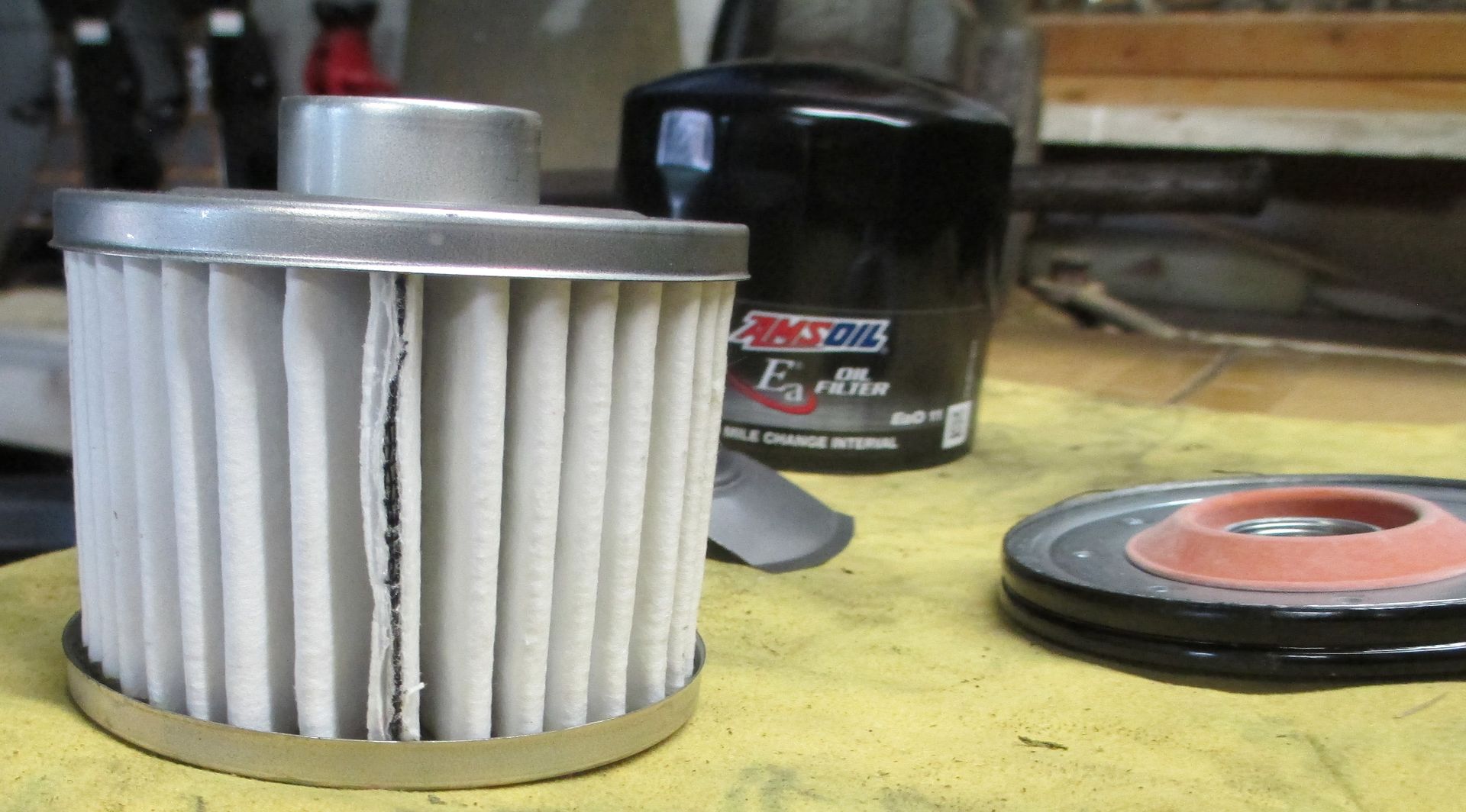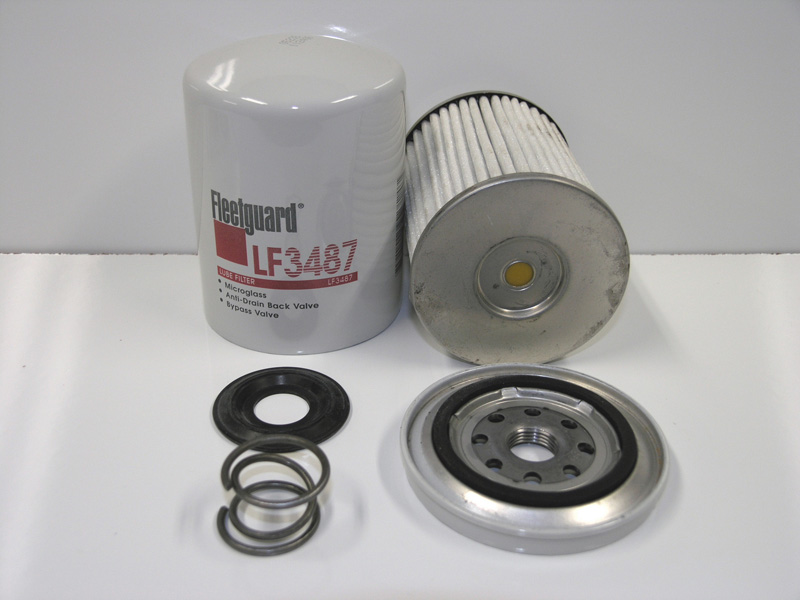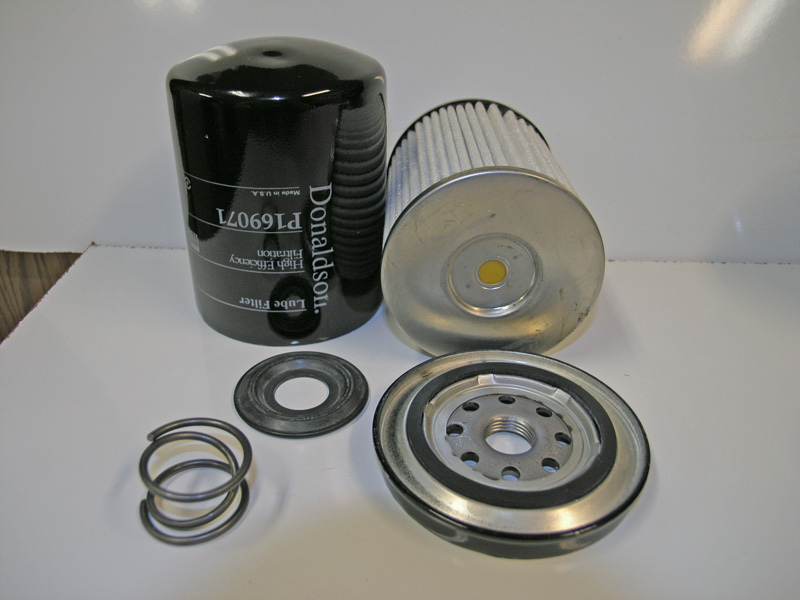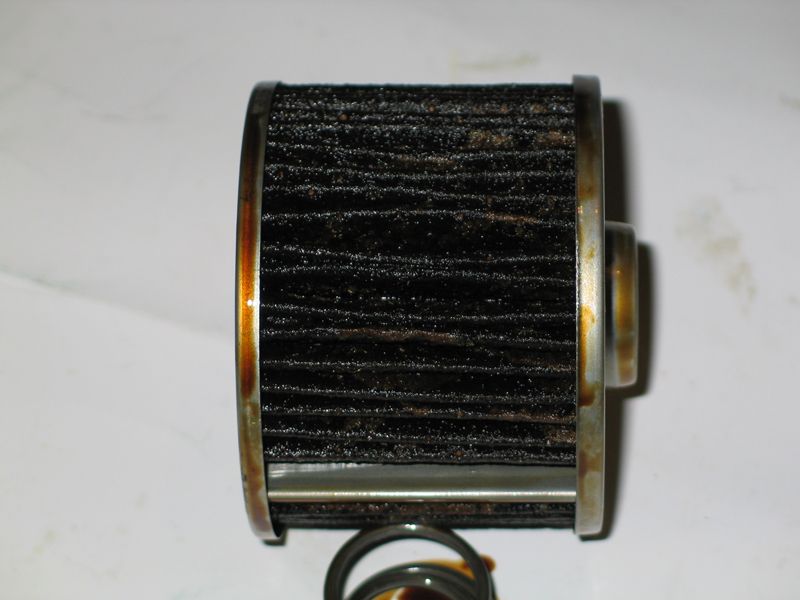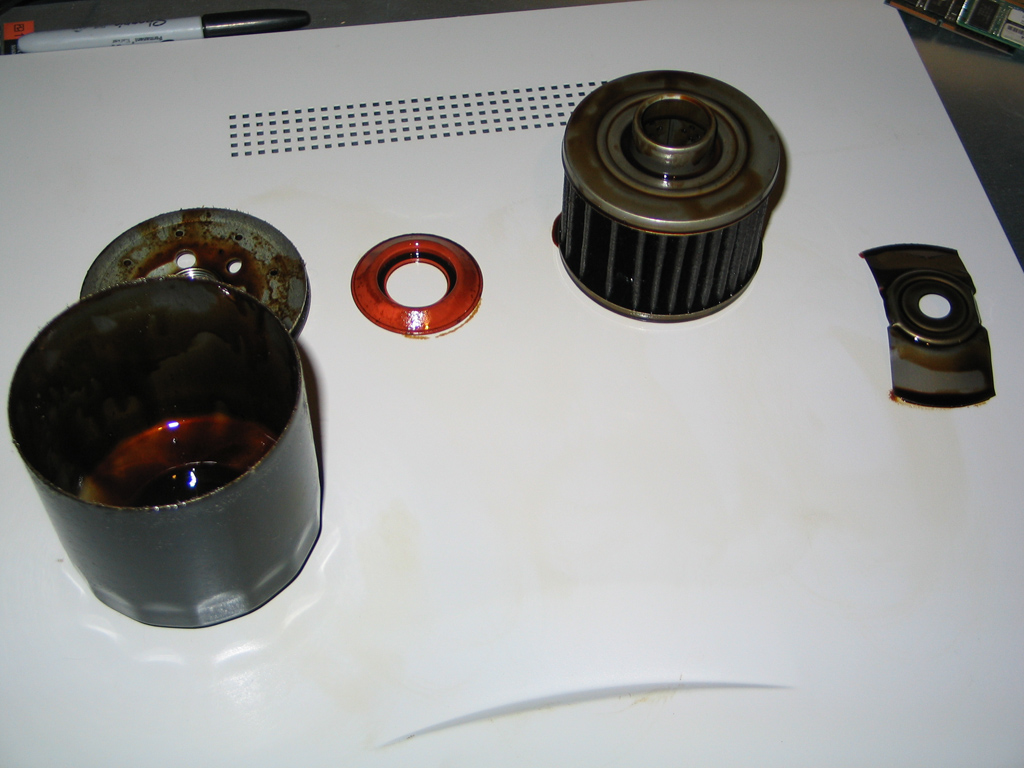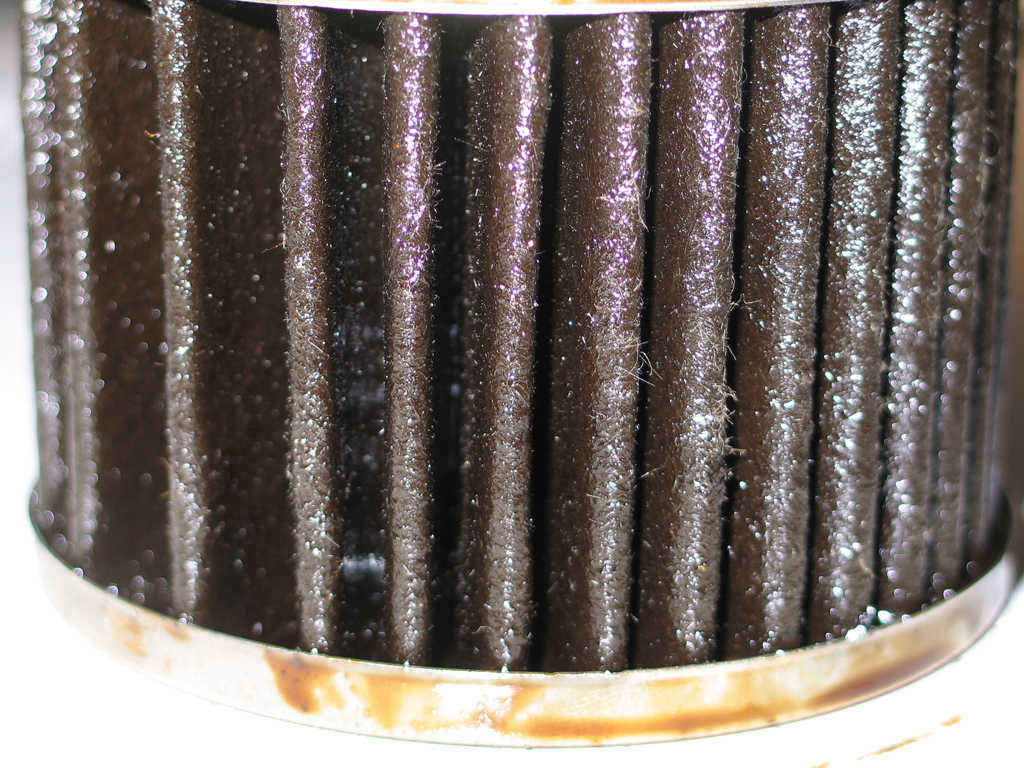Originally Posted By: brandini
Originally Posted By: OVERKILL
Originally Posted By: brandini
Originally Posted By: OVERKILL
Donaldson's name for the synthetic glass media has always been Synteq. What AMSOIL calls it is a different matter.
Amsoil called it nanofiber as that was the non-marketing name for it. But that's gone from all oil filter pages now. Likely the cost/performance wasn't there on the tiny filters and with bypass systems performing way better there's not real need since most customers don't extended drains far enough for it to be worthwhile.
My point is, if AMSOIL was buying Synteq with a particular beta rating and using it under the nanofiber moniker, had some issues with small capacity filters (which they did) and then started buying a slightly different version with a different beta rating, even if the media is still Donaldson Synteq, AMSOIL is calling it whatever they want. So the media may be of the exact same type with just a different beta rating and AMSOIL has chosen to change the name to reflect the change in efficiency between the two versions of the media.
Donaldson makes Synteq in a HUGE range of efficiencies.
Then why remove the nanofiber name? Wouldn't you want to retain bragging rights and marketing videos?
Maybe not if there were negative connotations associated with it as well. Pablo noted they are still using the Donaldson media, which would mean they are still using Synteq. What AMSOIL calls it is really of no consequence. Tear-down pictures posted recently of an unused EaO shows them to look the same as they always have. Which looks incredibly similar to a Fleetguard Stratopore or Donaldson Endurance filter.
Recent EaO11:
_NEW_Amsoil_E011#Post3363811]Thread here for more pictures.
Stratapore:
Endurance:
Used Stratapore (Ford FL-820S equiv.):
Used EaO11 (Ford FL-820S equiv.):
What I found interesting was how differently the media was laid between the Fleetguard and the EaO in the FL-820S equivalent, as the fleetguard had much tighter/narrower pleats as they were laid over the wire backed media vs the EaO, which is more rounded like the Donaldson.

